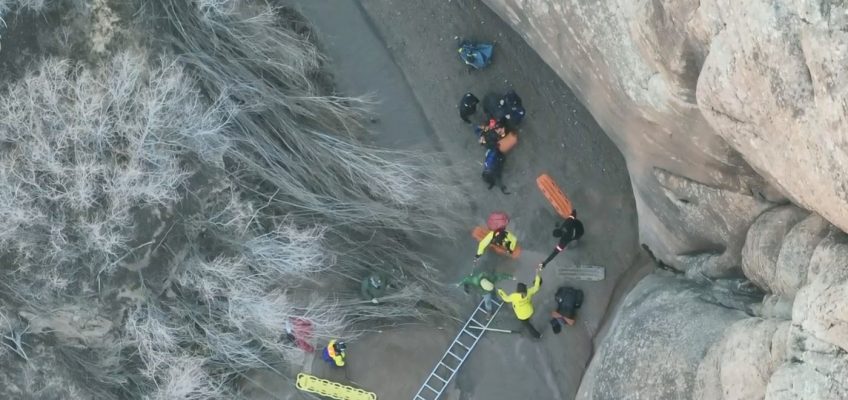Ramsey County has named Jaime Wilkins as its next Housing Stability director starting Dec. 22.
Wilkins will oversee programs from homelessness prevention and emergency shelter to long-term housing stability and will set strategic direction for the department. She will be responsible for developing partnerships with community organizations, local governments and state agencies.
Wilkins also will manage department operations, staff, budgets and program performance and represent the county in work with partner agencies on housing stability, homelessness and other related policy issues.
“I’m honored and excited to join Ramsey County in this role,” Wilkins said in a statement. “Housing security is foundational to a thriving community, and I’m eager to work alongside our dedicated partners, staff and residents to strengthen supports across the entire housing continuum. Ramsey County has long demonstrated a deep commitment to helping individuals and families not only find housing but build long-term stability — and I’m proud to contribute to that mission.”
The county’s Housing Stability department administers and coordinates emergency supportive services to people experiencing sheltered and unsheltered homelessness or housing instability.
Wilkins replaces former Housing Stability Director Keith Lattimore whose last day with the county was in August. Lattimore and then-Deputy Director of Housing Stability Kimberly Cleminson exited their roles with the county following an internal investigation related to their involvement with a recuperative care business in Brooklyn Center. County officials at the time did not say whether Lattimore and Cleminson resigned or were fired.
Wilkins most recently served as associate vice president of Economic Opportunity and Youth Support at Lutheran Social Service of Minnesota. She also has served as senior director of Housing Services for Lutheran Social Services and as director of Housing and Supportive Services at YWCA St. Paul. She has worked directly with county residents earlier in her career as a child protection worker and family advocate.
Related Articles
Here’s what’s driving Ramsey County’s proposed levy hike
Maplewood woman dies after gunfire at apartment complex, suspect found injured
Rebecca Noecker officially announces for Ramsey County Board
‘They had just gone out for a bit,’ daughter of New Brighton couple killed by drunk driver says at his sentencing
Snowstorm expected to swoop into Twin Cities metro Tuesday afternoon
Wilkins has a bachelor’s degree in early childhood education/child development and family studies and a master’s degree in human services and leadership of organizational management from Capella University. She serves on the board of HousingLink and the Minnesota Council of Nonprofits and previously on the board of the Suburban Metro Continuum of Care.
“Jaime brings an exceptional blend of experience, leadership and deep community knowledge to this role,” said Deputy County Manager Karen Francois in a statement. “Her extensive background in housing and social services — combined with her direct service to Ramsey County residents — equip her to lead our Housing Stability team with both strategic vision and a strong commitment to equity.”




